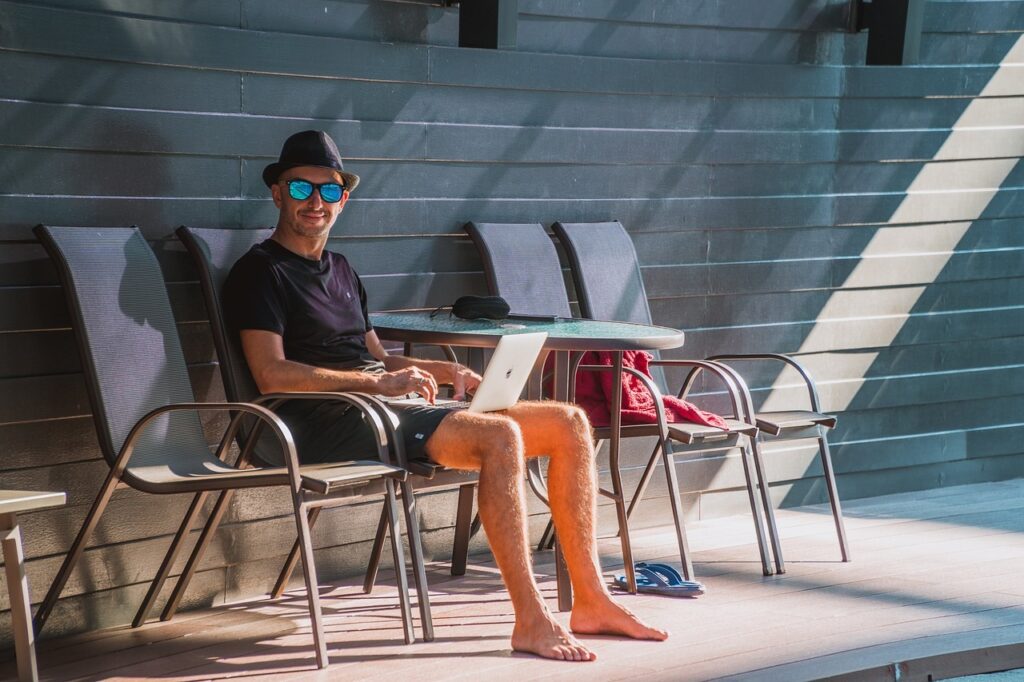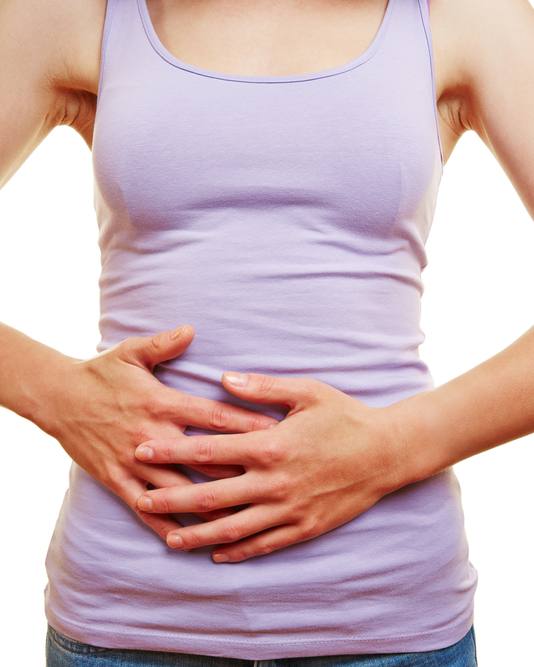Gallbladder Health & the Secret to Professional Success

Have you ever considered the link between your gallbladder and energy levels? The gallbladder, although often neglected, significantly influences your daily energy levels and vitality. This small organ, tucked beneath your liver, serves as a powerhouse for digestion, particularly in breaking down fats and absorbing essential nutrients.
The gallbladder stores bile produced by the liver, which aids in the elimination of waste products and toxins from the body. However, its functions extend beyond this; bile also facilitates the absorption of nutrients such as fat-soluble vitamins (A, D, E, and K) and fats. Bile also has antimicrobial properties and plays an important role in keeping balance in the microbiome. It helps ensure that the good bacteria can grow while the "bad" bacteria have much less opportunity to multiply. In this way, bile facilitates the absorption of nutrients in the gut as well.
A lack of bile flow can impact your energy levels and result in fatigue and cognitive impairment influencing concentration and the ability to make decisions.
In this article, you will learn about:
- The ways in which the gallbladder influences your health
- Tips to optimize bile production and maintain bile flow
Bile & Cholesterol
Can you guess how cholesterol leaves your body? If you guessed “bile”, you are right! But bile flow can become impaired when bile thickens, making it harder to leave the gallbladder. Not drinking enough water alone could cause this thickening of bile! Consequently, cholesterol may start to dissolve and form gallstones, which can block the bile ducts, leading to bile obstruction. Gallstones represent the most common condition affecting the gallbladder.
Besides fatigue, gallstones can cause symptoms like sudden rapid intensifying pain, especially after eating a fatty meal. The pain may even result in pain between the shoulder blades and pain in the right side of the neck or the right shoulder. Other symptoms may include nausea and vomiting.
If you're interested in learning how to empty the gallbladder, keep reading! I'll share some practical tips at the end of this article!
Bile, Bloating & Irritable Bowel Syndrome (IBS)
Since bile helps balance the microbiome, a lack of bile can cause a change in the composition of gut bacteria. This change can lead to diarrhea, and gas build-up in the intestines (bloating) and it could even contribute to IBS. With IBS you might experience symptoms such as abdominal pain, cramping, constipation, and irregular bowel movements.
Signs & Symptoms of Gallbladder Issues
I've already covered some symptoms that could suggest gallbladder dysfunction. Below, you'll find a brief checklist that includes additional signs and symptoms. This list is designed to help you recognize what your body might be signaling, but it's important to note that it's not intended for diagnosis.
- Gallstones
- Light-coloured stools (it is bile that gives that dark color to your stools!)
- Floating stools
- Gass & feeling bloated
- Painful cramps
- Diarrhea
- Pain - which could present as
- pain in the mid to upper-right section of your abdomen
- back pain between the shoulders
- pain in your right shoulder
- Jaundice - which means your skin or eye white turns yellow (contact your doctor!)
- Dark urine
- Poor vitamin D absorption despite supplementing
Tips on How to Help Bile Flow!
Tip 1: Choose Your Fats Wisely
Healthy fats can help bile flow. Fats like avocado, avocado oil, nuts and seeds, and fatty fish can all help stimulate bile flow. According to research [1] extra virgin olive oil (EVOO) helps prevent gallstone formation by helping contract the gallbladder. Here are some practical tips on how to choose the best bottle of EVOO:
- Harvest date: Good quality extra virgin olive oil doesn’t only contain a ‘best by’ date. It also contains a harvest date. If the olive oil is made from young olives, the olive oil contains more polyphenols which help contract the gallbladder.
- Dark glass bottle: Buy olive oil in a dark glass bottle. The mono-unsaturated fats in olive oil are 'fragile' and can react with oxygen under the influence of light. Oxidized fats don't contain health benefits and are actually harmful to your health.
- Smell: Put your nose above an open bottle of EVOO. How does it smell? If it smells like young grass, that's a sign the olive oil is fresh! Fresh olive oil contains more polyphenols and healthy fats.
- Taste: The polyphenols have a bitter taste. When the olive oil contains a lot of polyphenols this creates a special taste on the back of your tongue. The richer in polyphenols, the more bitter or peppery the taste of olive oil tends to be. Really high polyphenol concentrations can leave a bit of a tingling sensation on the back of your tongue.
Tip 2: Include Bitter Foods
Bitter foods can stimulate the production of a hormone called cholecystokinin. This hormone helps contract the gallbladder. Examples of bitter foods include endive, Jerusalem artichokes, dandelion leaves, kale and bitter melon. Coffee also helps contract the gallbladder [2].
Tip 3: Hydrate!
Although bile transports important chemicals, it is mostly made of water. Dehydration can cause thickening of bile. Therefore, drinking enough water per day helps prevent dehydration. Aim for pale yellow urine as an indicator of proper hydration.
Tip 4: Choose Foods That Are Rich in Glycine and Taurine
Glycine and taurine are amino acids that form bile salts - an important component of bile. are bile salts that help with the absorption of fat-soluble vitamins. Although glycine and taurine can be bought as supplements, you can find them in foods as well - especially animal sources. Glycine can also be found in bone broth, fish and collagen. Sources of taurine include meat, fish, shellfish, seaweed, and poultry.
Tip 5: Choose Foods That Contain Vitamin B6
Vitamin B6 is necessary to turn glycine and taurine into bile salts. Foods rich in vitamin B6 include chickpeas, beef liver, potatoes, salmon and turkey [3].
Tip 6: Exercise
Lifestyle factors can also help. Exercise for example can improve gut motility and help stimulate the gallbladder as well [4] - especially aerobic exercise and strength training.
Tip7: Reduce or Remove Certain Foods
Certain foods can compromise gallbladder health. Alcohol, refined foods, and fast food have been known to exacerbate liver inflammation and promote the formation of gallstones. Additionally, sugars, especially fructose, along with a high intake of saturated fats, can also be harmful to gallbladder health. Last but not least unhealthy fats called trans fats also increase the risk of gallstones and inflammation. Avoiding these food products will not only help the gallbladder, but also overall health!
Is gallbladder disease interfering with your work performance? Did you remove your gallbladder or recognize symptoms from the list? The B Better membership is full of tips, handouts and video material that help you address these issues!
Trying out B Better is very easy as well and you can start by requesting a personalized demo!
Sources:
[1] Dietary and other risk factors in the aetiology of cholelithiasis: a case control study
[2] The Role of Diet in the Pathogenesis of Cholesterol Gallstones
[3] Vitamin B6 Health Sheet for Health Professionals
[4] Physical Activity Modulating Lipid Metabolism in Gallbladder Diseases



